We learn the right techniques for oral and dental care as children when we visit the dentist regularly . With increasing age, however, they quickly fade into the background due to a stressful everyday life. Many people forget that good oral hygiene is crucial to keep teeth and gums healthy.
What is oral hygiene?
Oral hygiene does not just mean pure dental care. Although brushing your teeth with a brush, toothpaste and dental floss is of great importance, this alone does not contribute to complete oral hygiene.
Gums, tongue and palate must also be kept clean. Proper oral hygiene serves to prevent tooth decay and inflammation of the gums (periodontal disease) . By no means all germs are removed by the toothbrush, which is why further aids are necessary.
What does oral hygiene involve?
In order to practice comprehensive oral hygiene, there are various options. First and foremost, it is important to clean and care for your teeth, whereby the spaces between them must not be neglected. Leftovers get caught in these particularly well and represent a breeding ground for bacteria .
Tongue care and cleaning should also be done. Do you have implants, dentures or prostheses? Then they must be kept clean at all times.
Regular mouthwashes with specially developed liquids are recommended. A massage of the gums, in turn, stimulates blood circulation and thus helps to maintain healthy teeth.
Why is regular oral hygiene important?
There are numerous bacteria in the mouth, which settle on the teeth together with saliva components and food residues and form a coating there, also called plaque . Plaque builds up quickly even on clean teeth.
However, in a well cared for and therefore healthy mouth, most bacteria are harmless and in balance with the environment around the mouth . Regular brushing of teeth removes deposits and thus maintains a healthy condition in the mouth.
On the other hand, if plaque is not properly removed over a long period of time, the healthy balance of bacteria is disturbed . As a result, these can multiply much faster and pathological plaque develops. If it is not removed immediately, it hardens over time and can then hardly be removed. It is then referred to as tartar .
The formation of tartar at the edge of the gums promotes inflammation of the gums, which can later spread to the entire periodontium . The bacteria also convert sugar from food into acids, which attack tooth enamel, causing tooth decay .
Sugar is harmful to the teeth because it contributes to the increased growth of bacteria in the mouth. These form harmful acids. So avoid excessive consumption of sugary products.
The benefits of oral hygiene
Oral hygiene brings numerous benefits as it improves general well-being. In detail, there are the following points:
-
Removal of the plaques from the teeth
-
Reduction of bacterial processes in the oral cavity
-
Better taste in the mouth
-
Oral flora maintains a balance
-
Prevention of unpleasant mouth odors
-
Vital appearance of teeth and gums
-
cleaning of the oral mucosa
-
Prevention of periodontal disease and tooth decay
How to properly brush your teeth
Toothbrushing techniques have evolved over time. While it used to be assumed that rotating movements were the most effective, today the so-called "sweeping technique" is recommended. This is implemented with wiping movements , which should always be from the gums in the direction of the teeth . In this way, bacteria are transported away from the gums and then removed from the teeth.
It is not specified how long you should wait to brush your teeth. The 3-minute rule used to be taught, but it is not applicable to everyone. How long you spend brushing your teeth depends on your skill and endurance .
Tooth staining tablets can be used to make dirt on the teeth and gums visible. Only the areas that have not yet been properly cleaned will discolour. The result can be used to better determine how long it takes to brush your teeth.
It is recommended to brush your teeth three times a day , namely in the morning, at noon and in the evening. If there is not enough time for this in your everyday life, you should limit yourself to mornings and evenings , as cleaning at these times is particularly effective and important. On the one hand, this is due to the fact that dental plaque also forms at night, which must be thoroughly removed before the first meal . On the other hand, there is a high probability that new plaque will have formed again in the evening, since you usually eat food again and again throughout the day.
Proper toothbrushing technique prevents periodontitis. This is an inflammatory disease of the periodontium. If left untreated, it can affect the entire body.
What an incorrect tooth brushing technique can cause
If you brush your teeth incorrectly, there is a risk that your teeth will not be properly cleaned or that your gums will bleed . The pressure exerted when brushing should not exceed 150 to 200 g. Otherwise, the toothbrush presses too hard on the teeth, which promotes gum inflammation or even exposure of the root surface . Sensitive teeth are the result.
Furthermore, the correct sequence during the cleaning process must be observed. It is best to look at the rows of teeth in the upper and lower jaw one after the other and then work off one tooth after the other . Otherwise, it can happen that some teeth are brushed better, while others are neglected.
What do you need for daily oral hygiene at home?
In order to be able to comply with oral hygiene on a daily basis, you should acquire the appropriate aids . These are available in drugstores or corresponding departments in supermarkets, but also online. Make sure the products are of good quality .
Oral hygiene should be part of the daily routine, just like hair care and body cleaning. Find out more about valuable hair care tips .
toothbrush
Toothbrushes are the basis for good tooth cleaning. That's why they come in different sizes and strengths . It is important that the toothbrush is suitable for the mouth. Most people do best with medium-hard toothbrushes . Soft specimens are recommended for particularly sensitive teeth or gums. There are also special brushes for the care of the gums for implants.
The electric toothbrush is becoming increasingly popular because it allows for easy brushing. Especially people who find it difficult to brush their teeth correctly benefit from a toothbrush that makes its own movements . In this case, the brush only has to be brought to all relevant points by hand and literally does the rest by itself . It does a good job, especially in the area between the teeth . Electric toothbrushes should also be selected depending on the cleaning requirements.
With the electric toothbrush you usually get several attachments and brushes for cleaning between spaces. Particularly high-quality models offer a pressure control, professional timer for systematic cleaning and the latest brush technology. As with the manual toothbrush, different brush heads are available for different requirements. These should also be cleaned or replaced regularly. Detaching the brush head allows for a better and more thorough cleaning.
Aid for cleaning the interdental spaces
Normal brushing cannot reach all areas of the teeth. The spaces between the teeth in particular are often neglected. To prevent this, there are different types of dental floss . Depending on the personal position of the teeth, different dental flosses are suitable.
If the distance between the teeth is normal , conventional dental floss can be used. Waxed dental floss makes it possible to reach between the teeth, even with teeth that are particularly close together. If the teeth are wider, fluffy dental floss will help. This is voluminous and particularly gentle on the gums.
There are also special interdental brushes . In contrast to conventional toothbrushes, these are very small, which is why they can also be used to reach and clean narrow spaces.
Tongue scraper/tongue cleaner
Germs and bacteria can also settle well on the tongue. Coatings on the tongue not only look unsightly, they also lead to bad breath, tooth decay and periodontitis . The pads are primarily located at the back of the tongue and are difficult to reach. A tongue scraper or tongue cleaner will help.
The best way to do this is as follows: Dip the tongue scraper in mouthwash or brush it with a little toothpaste . The scraper is then moved over the tongue from back to front with gentle pressure. Simply repeat the process until all coating on the tongue has disappeared and then rinse your mouth with water or mouthwash.
toothpaste
Which toothpaste you choose depends on your own taste, because this is also available in many different versions and flavors. Peppermint dominates in most cases, but there are also toothpastes that taste fruity . In addition, you can choose between different degrees of sharpness . Before you buy, read the information on the packaging.
It is important that the toothpaste contains fluoride , as this has been shown to reduce the formation of caries as it strengthens the protective layer around the teeth. The fluoride content is around 0.15 percent , and 0.05 percent in toothpaste for children .
mouthwash and chewing gum
In addition to dental care with brushes and creams, mouthwash and chewing gum can help clean the oral cavity. Various products are available in the market. Choose your mouthwash based on your own needs and ideally use it after brushing your teeth .
Also ask yourself the question: What has an antibacterial effect ? Remaining bacteria and deposits can be removed with an antibacterial mouthwash. The mouthwash also ensures fresh breath and a good taste in the mouth. In the case of dentures, such as tooth crowns and tooth bridges, the oral irrigator is a particularly effective way of cleaning, as all areas of the mouth can be reached.
Chewing gums also help to clean the teeth of the oral cavity and contribute to oral hygiene. This works because there are enzymes in saliva that help with digestion. With them, nutrients are already broken down during food intake. By breaking down carbohydrates into simple sugars, the metabolic activity of the plaque bacteria present also increases, which in turn promotes lactic acid production.
Chewing gum counteracts this by increasing the production of alkaline saliva . The chewing gum can also clean the tooth surfaces slightly, but in no way replaces brushing your teeth.
What should be considered when it comes to oral hygiene with braces?
Braces provide numerous opportunities for bacteria to settle . If these are firmly connected to the teeth, it is difficult to keep them clean because leftovers often get stuck. That is why brackets, wires and clasps should always be cleaned thoroughly with toothbrushes, toothpaste and mouthwashes or douches .
Professional tooth cleaning as a sensible addition to daily oral hygiene
Even if all cleaning steps are applied correctly and daily, isolated deposits can occur. This also has to do with the fact that one does not always approach oral hygiene with the same motivation, because everyday worries, stress and tiredness cause distraction.
A regular visit to the dentist is therefore important and should not only take place in the case of acute complaints. A routine dental check-up is recommended at least once a year . In the case of conspicuous deposits or tartar that has already formed, the dentist can arrange for professional tooth cleaning and give other tips along the way. Cleaning in the dental practice is particularly thorough, as special equipment and agents are used.

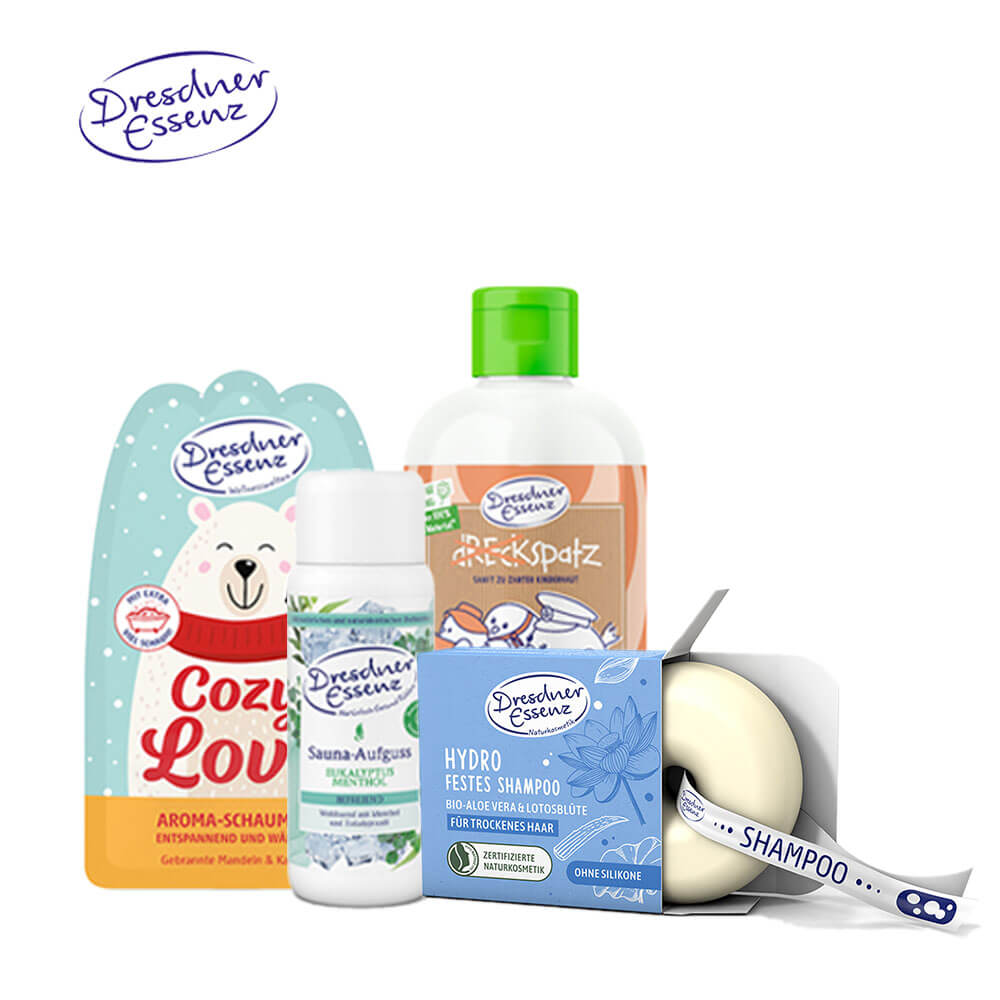
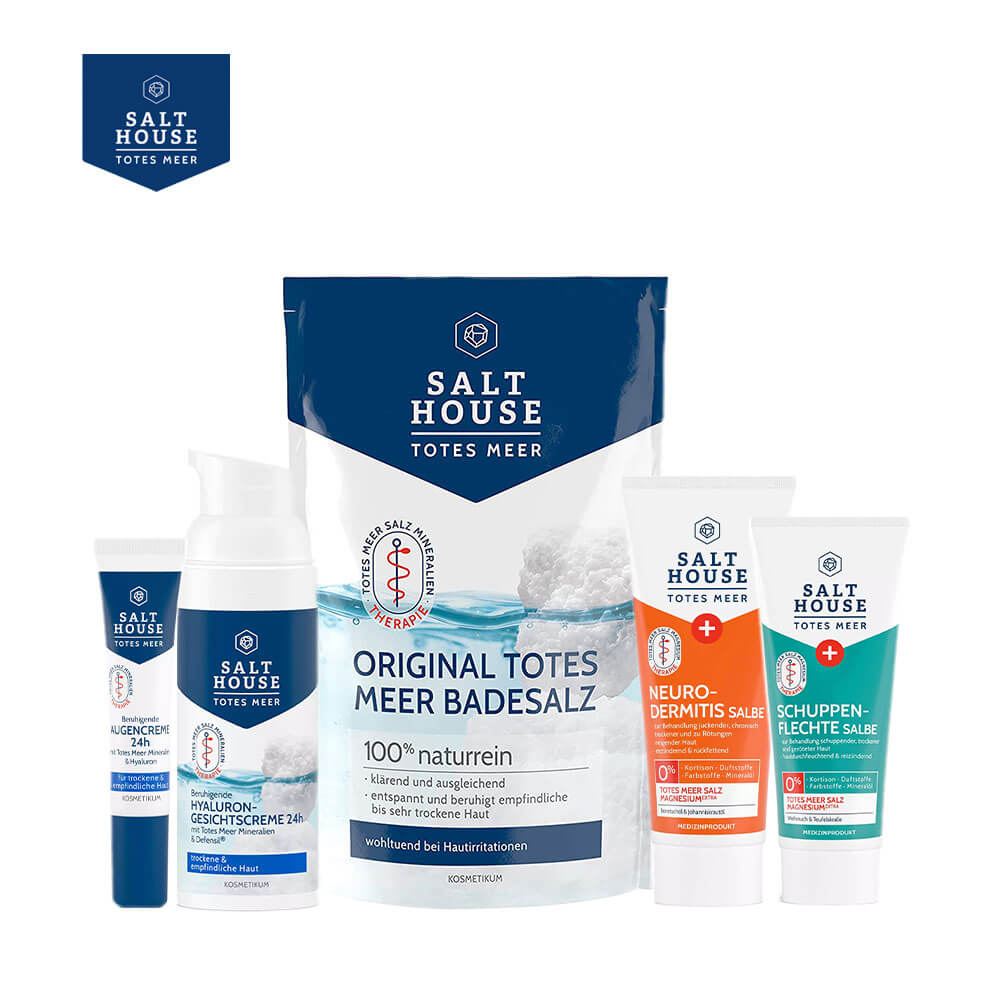
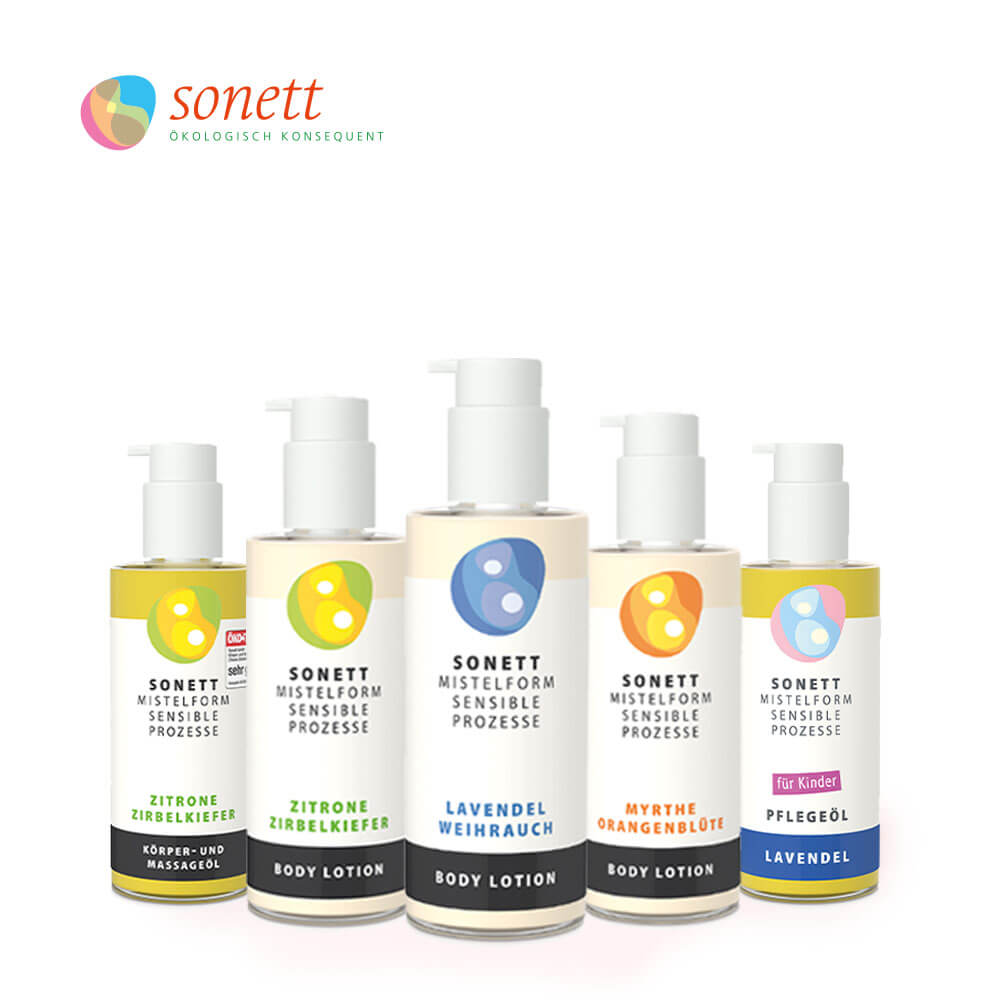


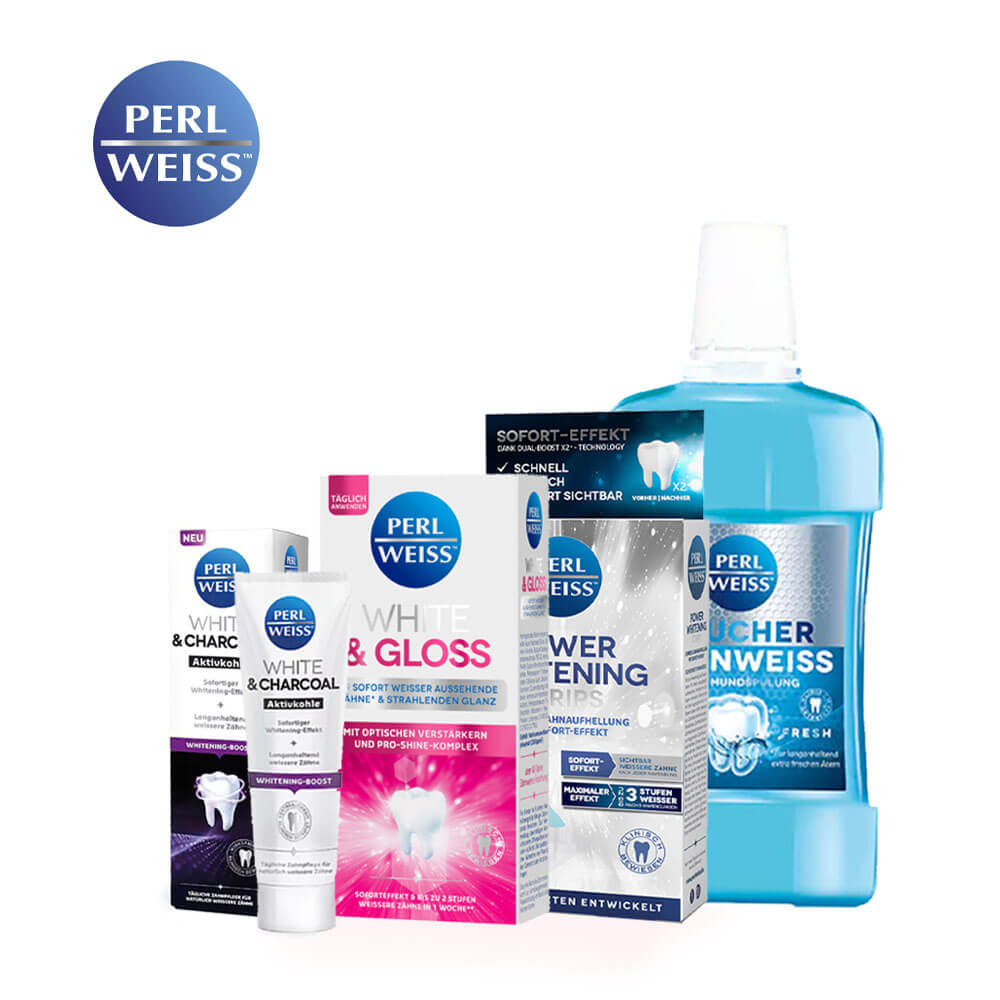
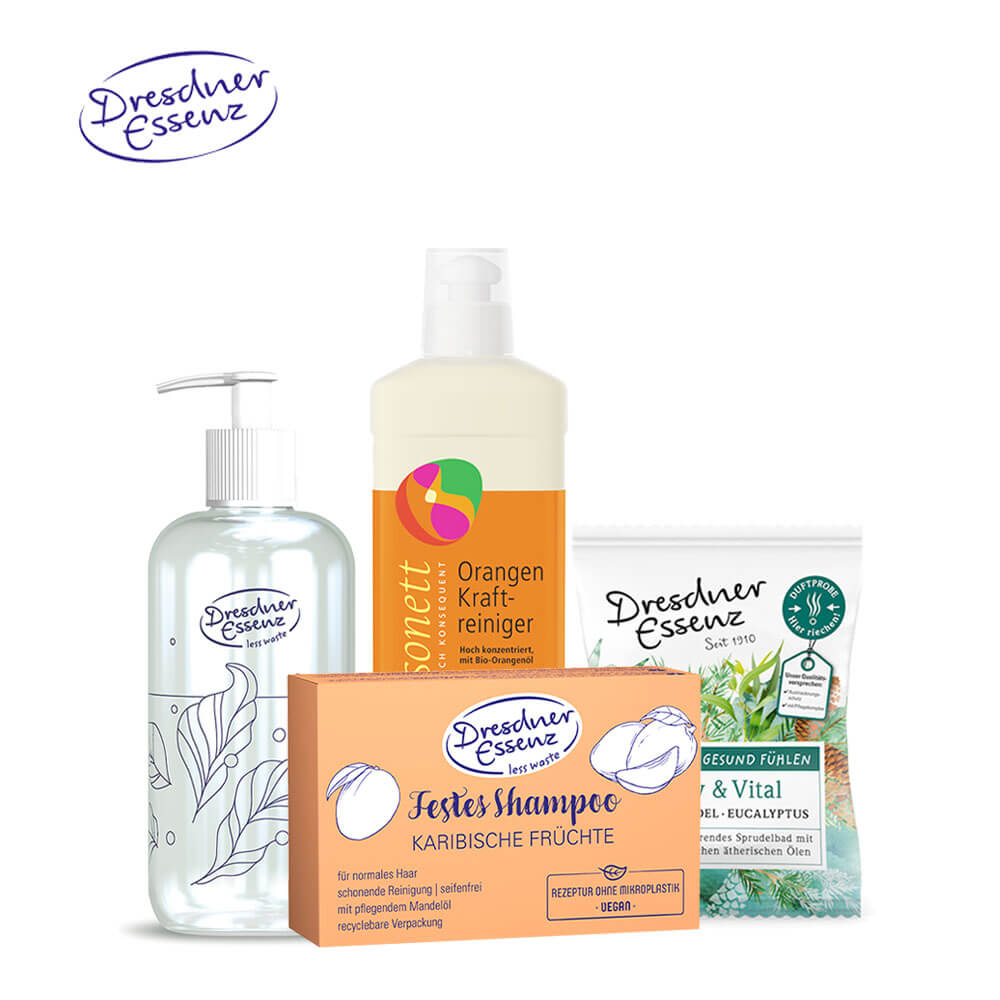
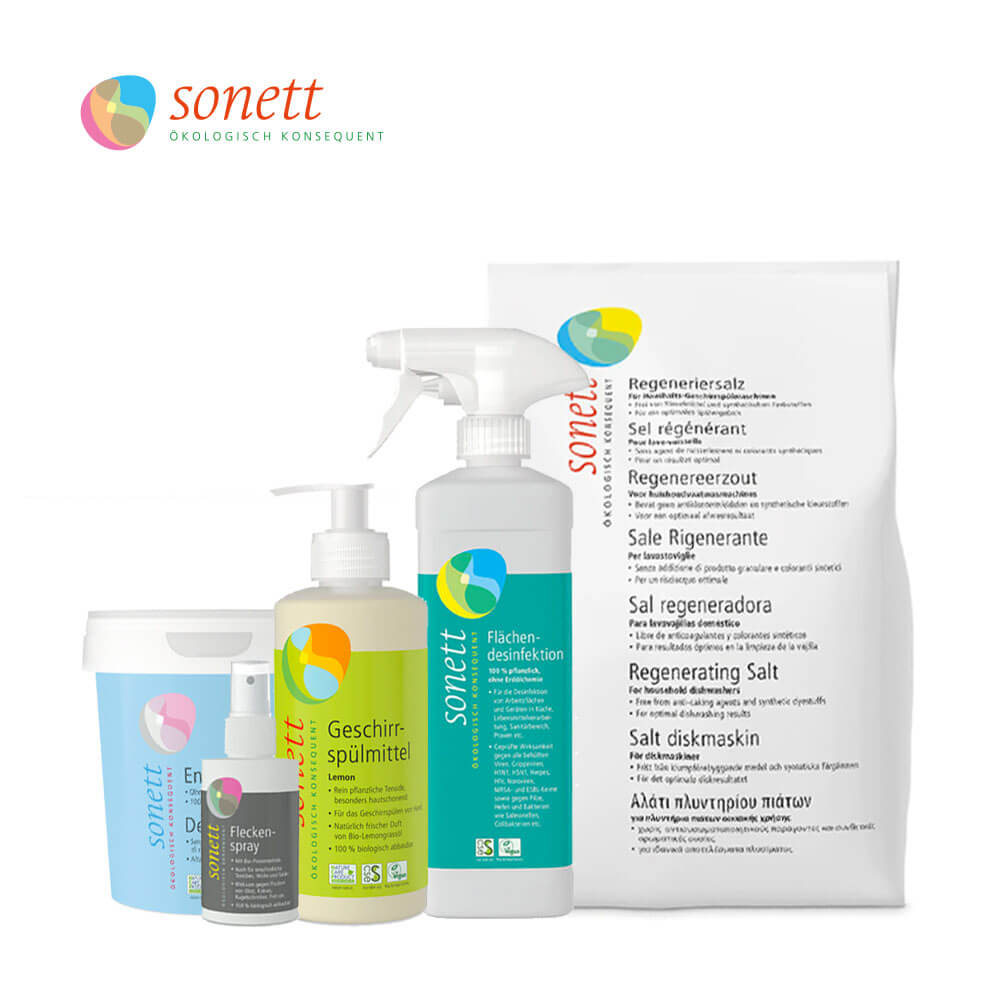
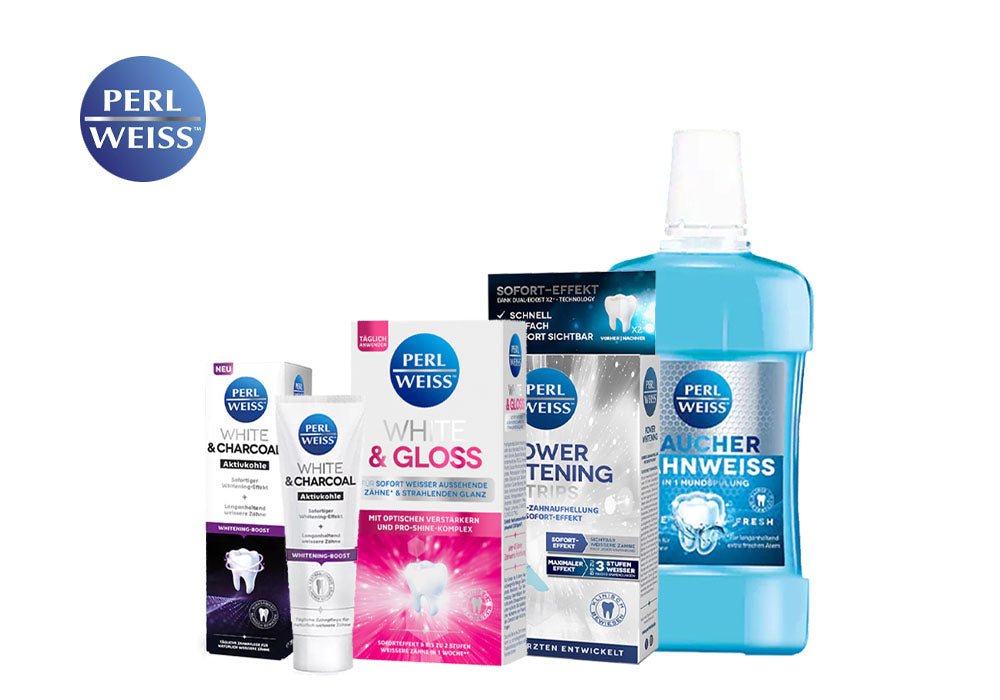
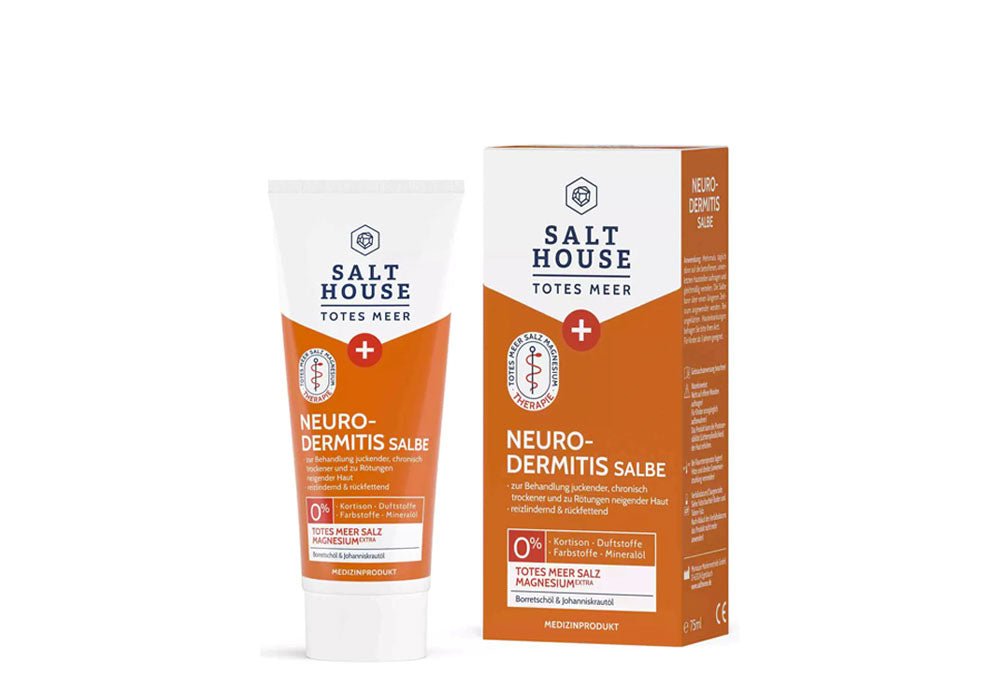
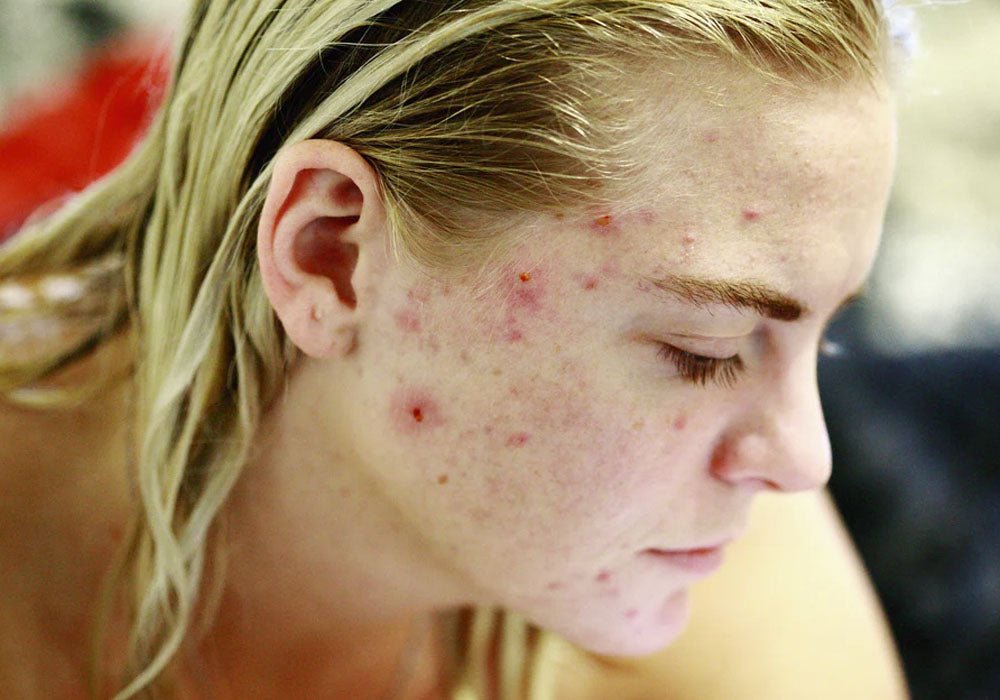
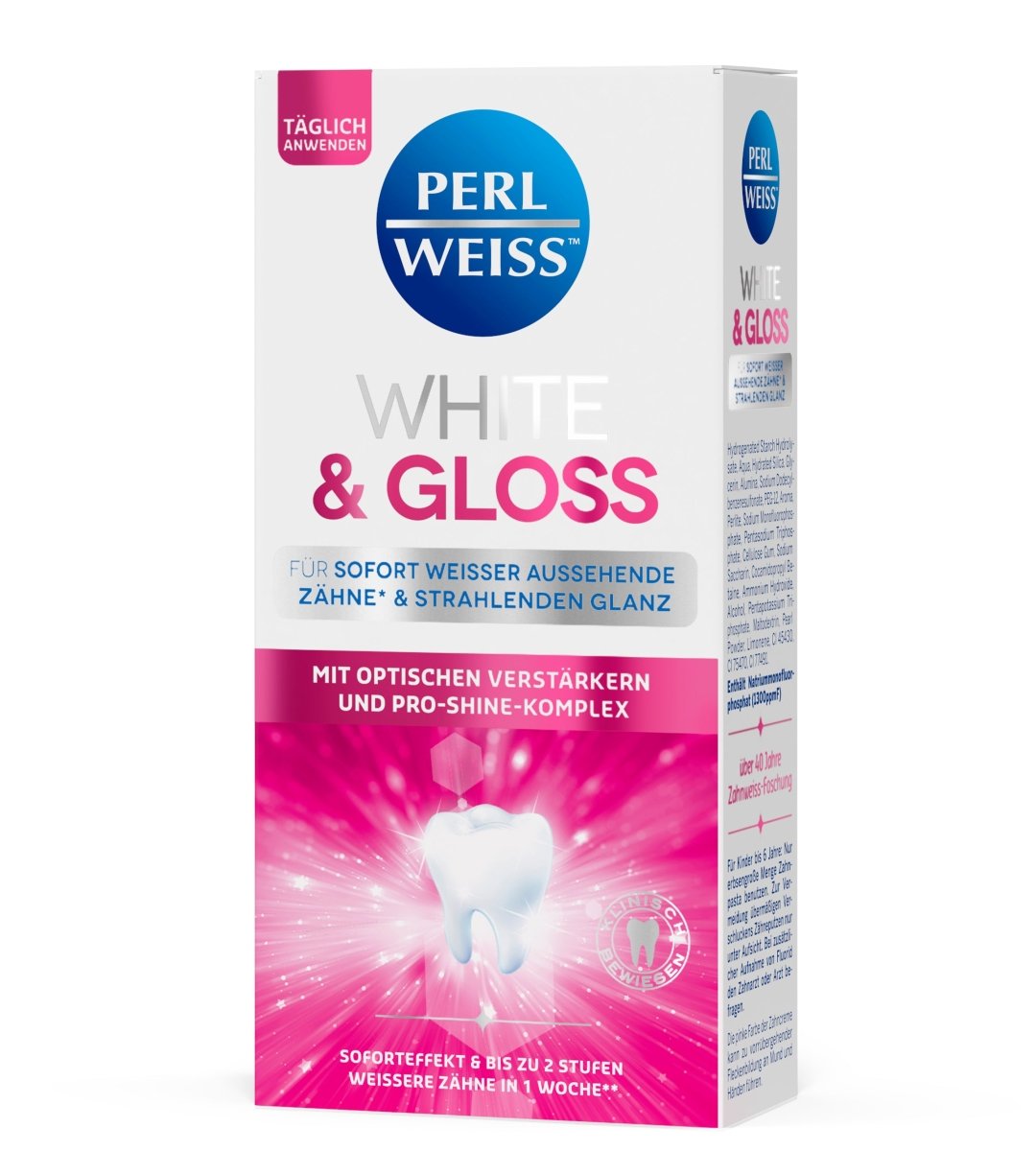
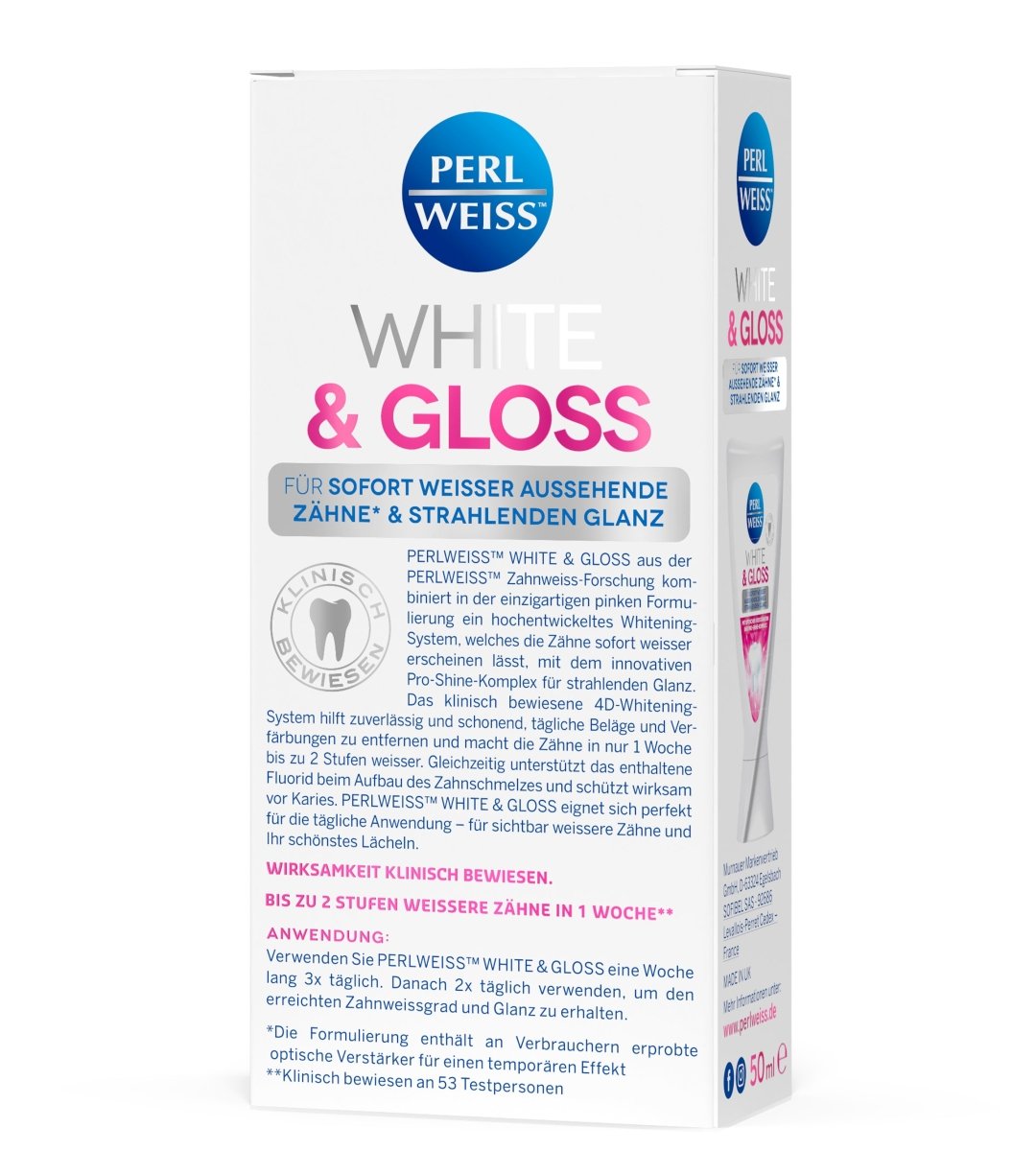
Leave a comment
All comments are moderated before being published.
This site is protected by hCaptcha and the hCaptcha Privacy Policy and Terms of Service apply.